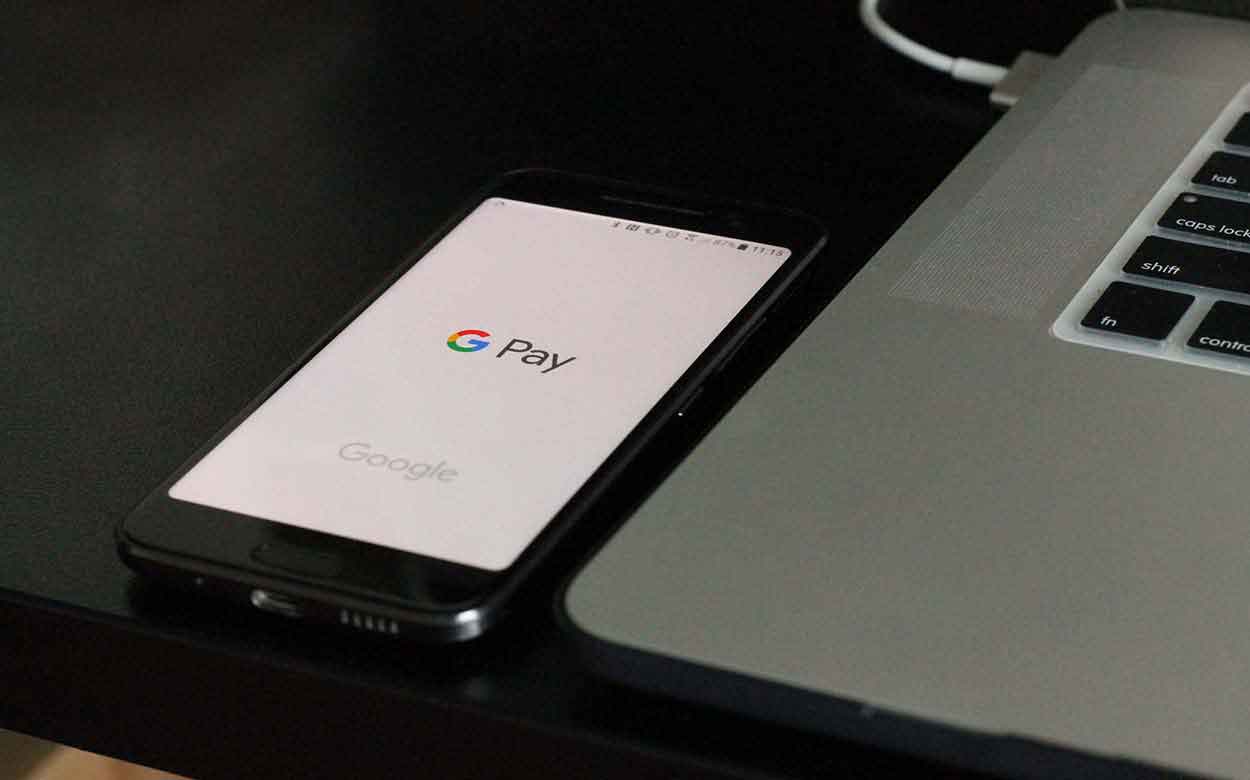
How to Develop a Fintech App in 2025: Custodial vs Non-Custodial Wallets
Explained
July 16
11:15 AM
July 16
11:15 AM
In 2025, the fintech industry continues to evolve rapidly, driven by digital transformation, blockchain innovation, and rising user demand for secure and personalized financial services. At the core of many successful fintech platforms today are digital wallets—solutions that allow users to manage, store, and transfer funds or digital assets seamlessly. Whether you're building a crypto app, a decentralized finance (DeFi) solution, or a digital banking product, choosing the right wallet structure is a critical part of the development process.Understanding custodial vs non-custodial wallets is essential for anyone involved in fintech app development in 2025.
What Are Custodial and Non-Custodial Wallets?
A digital wallet is the foundational tool that allows users to interact with blockchain-based systems or store fiat or digital currency. In fintech, two major types of wallets dominate development today: custodial and non-custodial.
Custodial Wallets
In a custodial wallet, a third party—typically the fintech service provider or a trusted custodian—holds the user’s private keys. This means the user can access and use their assets via the app, but they do not control the actual cryptographic keys that prove ownership of their funds.
Key characteristics of custodial wallets:
Easy recovery in case of lost credentials
Simplified user experience
Enhanced support and assistance
Often preferred in centralized fintech ecosystems
Custodial wallet app development is common for platforms offering services like crypto exchanges, payment gateways, and regulated financial institutions where user convenience and support are priorities.
Non-Custodial Wallets
A non-custodial wallet gives users full control over their private keys. This means the user is responsible for securing their credentials, and the app merely serves as an interface to access blockchain assets.
Key characteristics of non-custodial wallets:
Complete user control over funds
No third-party access to private keys
Enhanced privacy and decentralization
Ideal for DeFi, Web3, and blockchain-native users
Non-custodial wallet development is typically chosen by startups and developers building decentralized apps (dApps), NFT marketplaces, or services in the open blockchain ecosystem.
How to Build a Fintech App: A Step-by-Step Guide
Now that we’ve explored the wallet types, let’s break down how to build a fintech app that includes a secure and functional digital wallet in 2025.
Step 1: Define the Purpose and User Needs
Start by clearly identifying your fintech app's primary function. Are you building a crypto trading platform, a neobank, or a personal finance management app? Your use case will influence whether you adopt a custodial or non-custodial wallet.
For beginner users and compliance-heavy apps, custodial wallets work better.
For users who prefer privacy and self-custody, non-custodial is ideal.
Step 2: Select the Right Technology Stack
Choosing the right tech stack is essential for any fintech app development in 2025. Whether you're building a mobile or web application, ensure your backend can support fast, secure, and scalable operations.
For custodial wallets, prioritize database security, cloud key management, and compliance tools.
For non-custodial wallets, integrate client-side encryption, secure key storage, and wallet creation tools.
Blockchain platforms like Ethereum, Polygon, and Solana are commonly used, depending on your app’s focus and transaction needs.
Step 3: Develop Wallet Infrastructure
This is the core component of your fintech app. Your wallet infrastructure must provide seamless interaction with the underlying blockchain or financial system.
In custodial wallet app development, implement:
Secure key management systems
Multi-factor authentication (MFA)
Automated transaction handling
Regulatory reporting and KYC/AML integration
In non-custodial wallet development, ensure:
Local key generation and backup (e.g., seed phrases)
Integration with decentralized exchanges and Web3 tools
Transaction signing from the user’s device
Biometric or PIN-based local authentication
Step 4: Focus on Security and Compliance
Fintech apps deal with sensitive user data and financial assets, making security non-negotiable. The responsibility differs based on the wallet model:
Custodial wallets require the service provider to ensure end-to-end encryption, server security, and user data protection.
Non-custodial wallets shift the responsibility to the user but still need robust front-end protection to prevent phishing or malware access.
Ensure your app follows local and international regulations such as GDPR, PCI DSS, and any cryptocurrency laws relevant to your target market.
Step 5: Build a Clean, Intuitive User Interface
User experience is a major factor in fintech success. Wallet operations should be simple, even if the underlying process is complex.
Provide clear prompts for sending, receiving, or backing up assets.
Include alerts for transaction confirmations and price updates.
Offer onboarding tutorials, especially for non-custodial users unfamiliar with managing seed phrases.
Which Wallet Model Should You Choose?
Choosing between custodial and non-custodial wallets depends on your app’s purpose, regulatory environment, and target users.
Choose custodial wallets if:
- You target mainstream users who expect password recovery and customer support.
- You operate in a regulated environment requiring data retention.
- You want full control over wallet operations and funds.
Choose non-custodial wallets if:
- You’re building for tech-savvy or privacy-conscious users.
- Your app is part of a decentralized ecosystem like DeFi or Web3.
- You want to avoid direct responsibility for managing user funds.
In some cases, offering both options is possible—allowing users to choose based on their preference.
Conclusion
The fintech landscape in 2025 is shaped by innovation, user empowerment, and the rise of decentralized finance. Whether you're planning custodial wallet app development or exploring the freedom of non-custodial wallet development, the wallet structure you choose will significantly impact your app’s usability, security, and compliance. By understanding the trade-offs between custodial vs non-custodial wallets, and following best practices in planning, technology, and security, you can build a fintech app that stands out in a competitive market.
Fintech is no longer just about managing money—it's about giving users control, security, and smart tools to shape their financial future.









